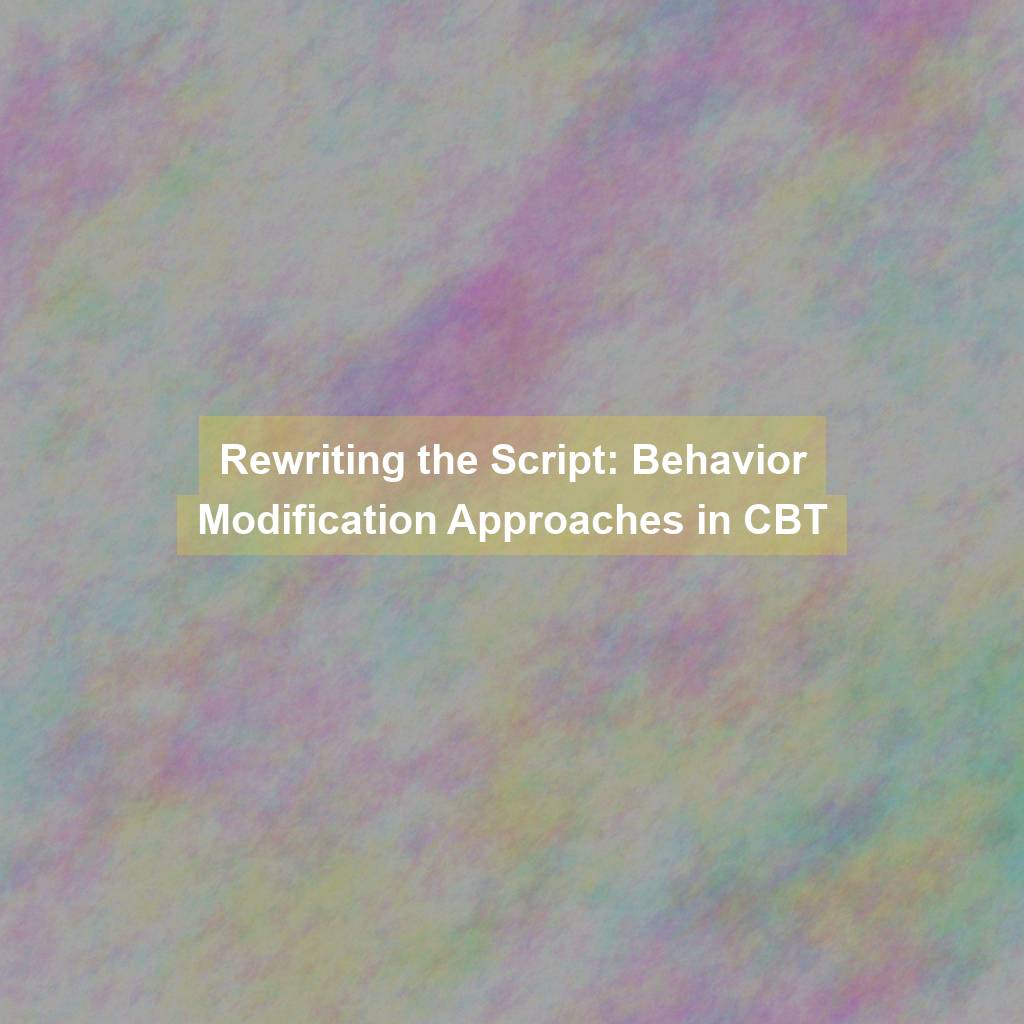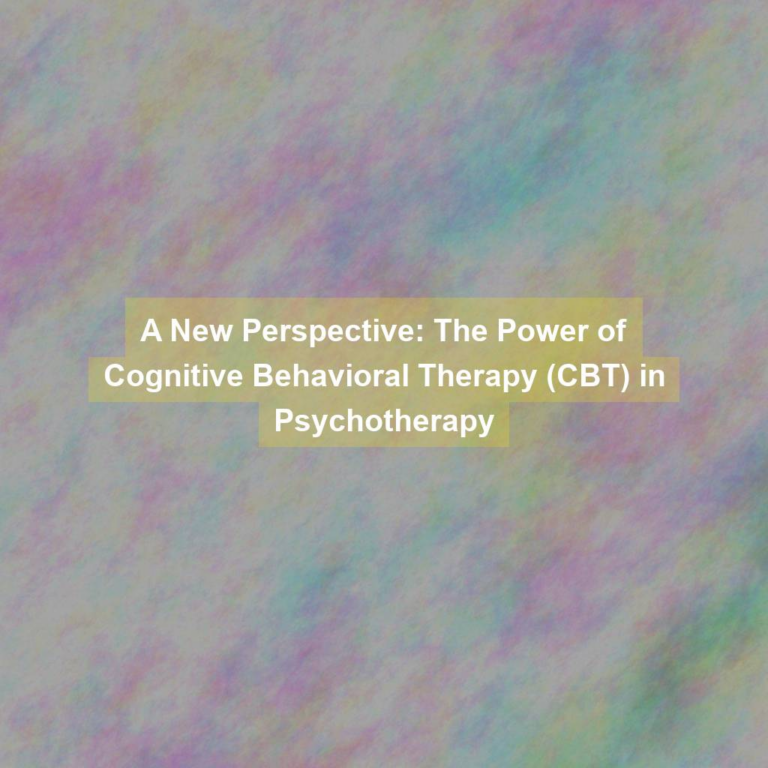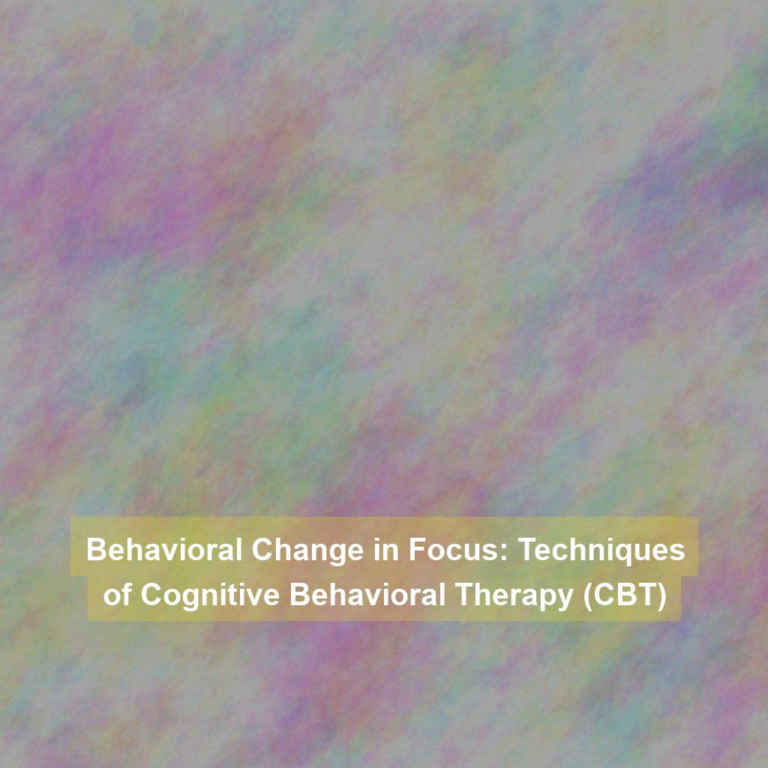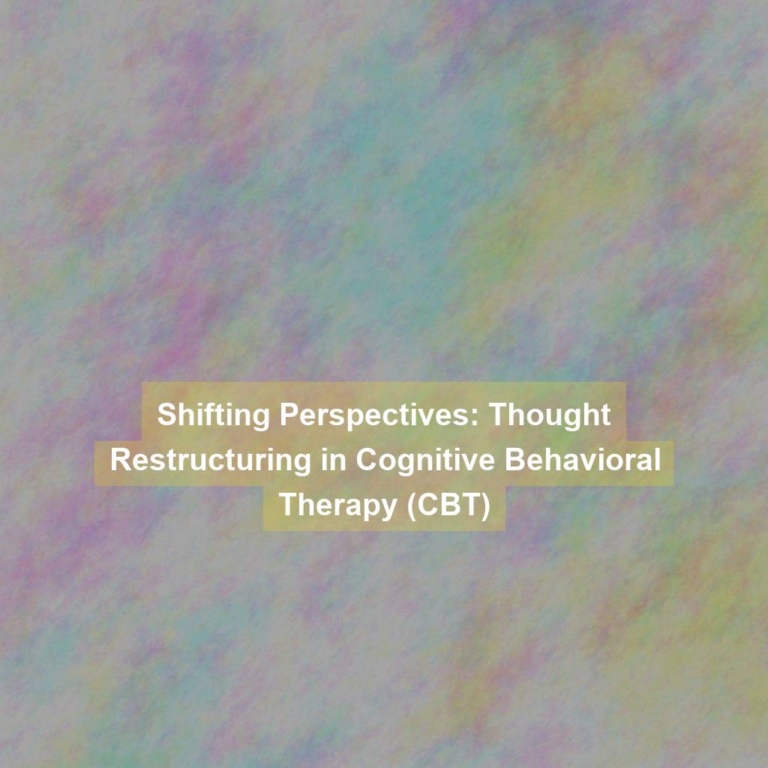So, you’ve found yourself in need of a little behavioral fine-tuning. We all have our moments, right? But what if there were a way to reprogram those less-than-ideal habits and thought patterns?
Well, that’s where behavior modification approaches in cognitive-behavioral therapy (CBT) come into play. It’s not just about changing your behavior; it’s about rewriting the script of your life.
Intrigued? Stay tuned to discover the practical strategies and techniques that could help you reshape your habits and promote lasting positive change.
Understanding CBT and Behavior Modification
Understanding CBT and behavior modification involves identifying and changing maladaptive thought patterns and behaviors through structured techniques and interventions. This process begins by recognizing the negative thought patterns and behaviors that contribute to emotional distress or dysfunctional actions. Through cognitive-behavioral therapy (CBT), you learn to pinpoint these patterns and understand the connection between your thoughts, feelings, and actions.
Once these maladaptive patterns are recognized, the next step is to actively work on changing them. This is where behavior modification techniques come into play. In CBT, you’re encouraged to engage in specific exercises and interventions designed to challenge and replace these negative patterns with more adaptive thoughts and behaviors. This might involve setting achievable goals, practicing relaxation techniques, or using cognitive restructuring to challenge and reframe unhelpful thoughts.
Identifying Negative Thought Patterns
To effectively identify negative thought patterns in CBT, you must introspect and observe your thought processes and emotional reactions in various situations. Begin by paying close attention to your internal dialogue and the emotions that arise in response to different events. Notice recurring themes in your thoughts, such as self-criticism, catastrophizing, or assuming the worst in every situation. These patterns often manifest as automatic, ingrained responses that influence your feelings and behavior. It’s essential to recognize the impact of these negative thought patterns on your mental well-being and daily functioning.
Additionally, consider keeping a thought journal to record instances when you experience distressing thoughts. Document the situation, your thoughts, the resulting emotions, and how you behaved as a result. This practice can help you uncover patterns and triggers for negative thinking. Furthermore, seek feedback from trusted individuals in your life. Sometimes, others can offer valuable insights into your thought patterns that you may not have noticed. By actively engaging in this process of identification, you can gain a clearer understanding of your negative thought patterns, which is a crucial first step in the process of restructuring them in CBT.
Implementing Behavior Modification Techniques
Consider incorporating specific behavior modification techniques, such as positive reinforcement and systematic desensitization, to address and change negative thought patterns identified in CBT. Positive reinforcement involves providing rewards or incentives to reinforce desired behaviors. This technique can be effective in encouraging individuals to replace negative thought patterns with more positive ones. For example, if someone consistently engages in negative self-talk, they can be encouraged to replace those thoughts with positive affirmations and then be rewarded for doing so.
Systematic desensitization, on the other hand, involves gradually exposing individuals to the situations or thoughts that trigger their negative responses while teaching them relaxation techniques to manage their anxiety. This approach can help individuals reframe their negative thought patterns by showing them that the feared outcomes are unlikely to occur and that they’ve the ability to cope with their anxiety.
Reshaping Ingrained Habits
Reshaping ingrained habits requires consistent application of behavior modification techniques to effectively replace automatic responses with more adaptive behaviors.
When attempting to reshape ingrained habits, it’s essential to identify the specific cues or triggers that lead to the habitual behavior. By recognizing these cues, you can begin to interrupt the automatic response and introduce a new, more adaptive behavior. For example, if stress triggers the habit of nail-biting, you can learn to replace this behavior with a healthier coping mechanism, such as deep breathing or using a stress ball.
Additionally, it’s crucial to set clear and achievable goals when reshaping ingrained habits. Breaking down the process into smaller, manageable steps can make the behavior modification more attainable and sustainable in the long run.
Consistency is key in reshaping ingrained habits. It’s important to practice the new behavior regularly in order to reinforce the desired change. By persistently applying behavior modification techniques, you can effectively reshape ingrained habits and cultivate more adaptive behaviors.
Promoting Positive Change
When reshaping ingrained habits, your focus shifts to promoting positive change by reinforcing new, adaptive behaviors to replace old patterns. It’s essential to identify the specific behaviors you want to change and then actively work on replacing them with more adaptive alternatives. This process involves recognizing triggers that lead to the old behaviors and deliberately choosing the new response you want to reinforce.
One effective way to promote positive change is through positive reinforcement. By rewarding yourself for engaging in the new, desired behaviors, you’re more likely to continue practicing them. This can be as simple as acknowledging your efforts or treating yourself to something you enjoy. Additionally, surrounding yourself with a supportive environment that encourages and reinforces your new behaviors can significantly aid in promoting positive change.
Another key aspect of promoting positive change is setting realistic goals. Break down the larger behavioral change into smaller, achievable steps. This not only makes the process more manageable but also provides a sense of accomplishment as you progress. Celebrating these milestones reinforces the positive changes you’re making and encourages continued growth. Remember, promoting positive change is an ongoing process that requires patience and commitment, but the rewards are well worth the effort.
Conclusion
In conclusion, behavior modification approaches in CBT offer effective tools for identifying and reshaping negative thought patterns and ingrained habits. By implementing these techniques, individuals can promote positive change and improve their overall well-being.
It’s important to recognize the power of behavior modification in CBT and how it can lead to long-lasting transformation in one’s life. With dedication and practice, these approaches can help individuals rewrite their script and create a more fulfilling and positive future.







